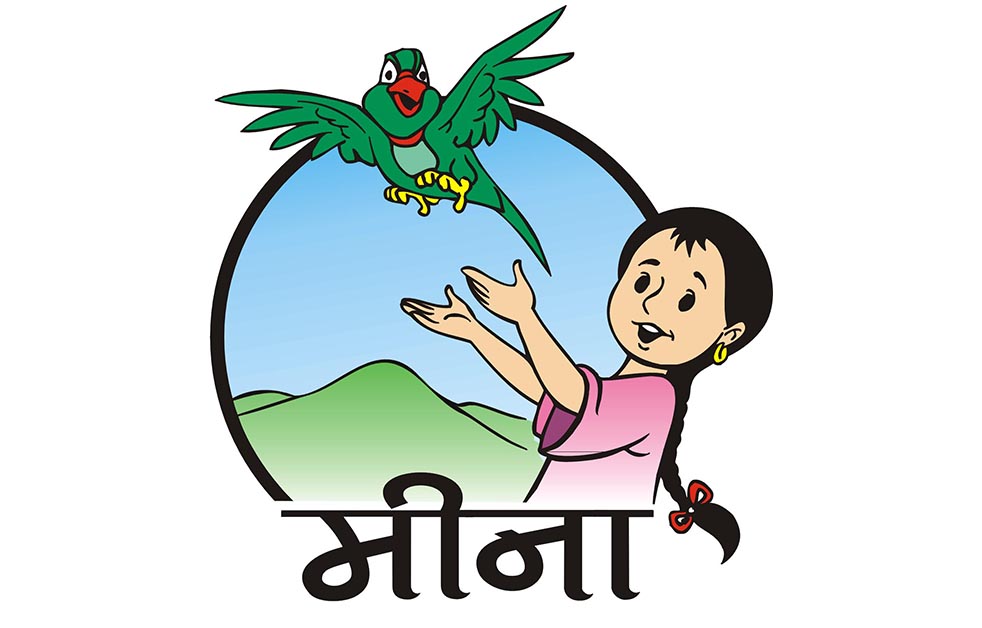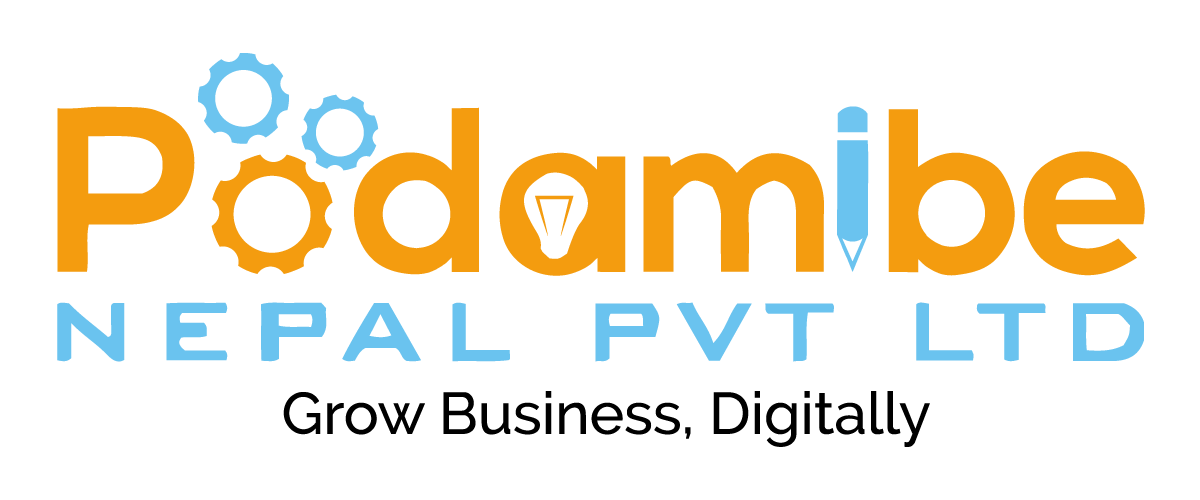Do you remember the ”Meena” cartoon? In case you do not know Meena is an animated series aired by UNICEF in the South Asia Region in the 1990’s. UNICEF made the series to spread public awareness regarding discrimination, bad social practices, and health and they were quite successful as many people loved and enjoyed watching the show. Animation is a technique to bring still image(s) to motion/life. A lot of you must already be familiar with animation. So the question arises why and how do we improve the efficiency of learning with the use of animation in online learning?

Why Should we integrate animation into online learning
-
Improves understanding
Nowadays, people are more immersed in technology (Precaution To Be Followed By Parents On Handing Gadgets) and as a result, learn more visually. Animation can be displayed right next to text or teacher or even completely animated video. This way animation can assist the learner to understand what is being taught. As with any use of media in education and learning, animation should be non-distracting, descriptive, and well-designed.

-
Better attention
Multiple studies and research has shown better focus and attention span of students when taught using animation. Animations will assist to grab and hold the attention of students.
Animation has shown positive results in memory retention and understanding especially in children, as children enjoy watching animations and learn subconsciously with no or less stress, which is also better for their mental health.
-
Content Interaction
With the use of motion graphics/animation, students can interact with the content. In addition, to play, pause, rewind, and change the speed of the videos; animation can provide visual cues, and interact with the subject matter directly. Interacting with subject matter means better engagement from students
-
Visualization
To help teachers and educators properly communicate a message or story, media like image, video, and animations are used.
Firstly, Animation can represent something students are already familiar with and build upon that which will make the whole explanation easier to understand and relate to.
Animation can also simplify complicated information with step-by-step procedures. Animation is the best way to understand science and complex subject matter as textbooks and images don’t provide a complete view.

-
Learn with fun
Traditional education had its disadvantages. Not every student can comprehend what is written in the textbook and can go with teachers’ flow in class.
Online Learning helps to overcome these limitations of traditional learning. Students can learn at their own pace. This way students are motivated to learn more.
If teachers and educators gamify the educational material with animation and make it fun, students will revisit and keep engaged in educational sites and apps.
-
Helpful for students with learning disabilities
For students with learning disabilities like dyslexia, and who have difficulty reading and writing texts, animation videos can be a great way to learn. If we make courses and learning material easier for students with disabilities it not only helps them but also other students. Motivation is a big factor for learning among students with learning disabilities and young students. If it is easier for them to grasp the knowledge, then they will be motivated to learn.
How to apply animation in online learning:
As we discussed before, media in digital learning should be used carefully. Media can be used to introduce new ideas as well as support and guide students to make sense of new ideas. Educators must be more cautious while using animation as it may also arise a few issues.
-
Minimalistic approach
It is best to keep the animation and online course short and sweet. Students should be given practice sets or assignments based on the lesson they learned after every or other lesson. This way educators can also know the understanding and level of students and students can self-evaluate.
While creating the course it may seem fun idea to add an extra piece of detail but if we add too many visual details, students will get overwhelmed by the information on the screen.
-
Proper audio and texts
Animation alone may not convey the complete story. Voice or music and sound must be added to make it complete. Also, these voices and sounds must be used at proper timings and proper loudness. Audios should also be synchronized perfectly otherwise it will raise negative emotions in the learner.
If there is a need for subtitles or captions, it should not interfere with animation/video. There should also be an option to hide or disable the subtitles/captions.
-
Proper animation style
There are different types of animations (Hand-drawn, 2D, 3D, Stop motion, and Motion Graphics). The right kind of animation should be chosen for the right audience and the right content.
It should feel natural for viewers when watching the animation otherwise it will demotivate the learners. Educators and teachers can also test with some students and get feedback before going live on the app or website.
- Other details:– Assist learner to understand the subject matter– Proper Color, proportions, speed, etc
Finally, let’s see how we have been using animation for our students in Mero School Platform. Here are some sample videos for you to check:
